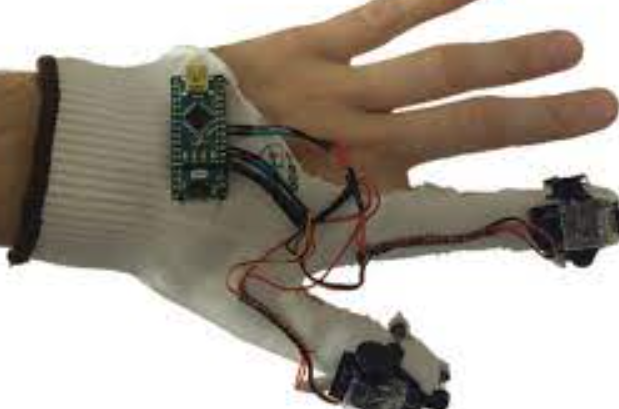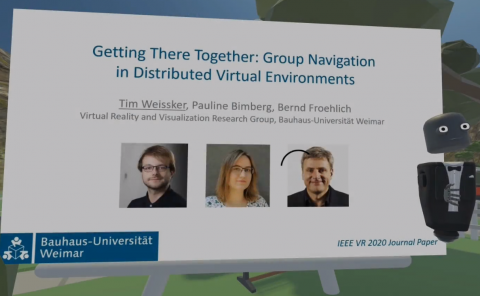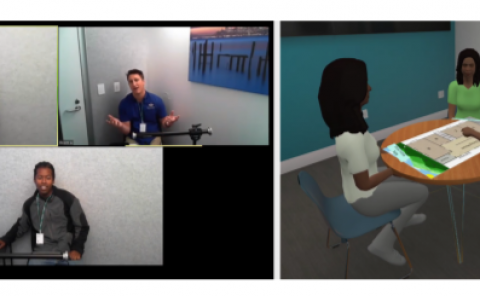Can Wearable Haptic Devices Foster the Embodiment of Virtual Limbs?
PubDate: December 2018
Teams: University of Munich;University of Siena;Technische Universität Dortmund
Writers: Jakob Fröhner; Gionata Salvietti; Philipp Beckerle; Domenico Prattichizzo
PDF: Can Wearable Haptic Devices Foster the Embodiment of Virtual Limbs?

Abstract
Increasing presence is one of the primary goals of virtual reality research. A crucial aspect is that users are capable of distinguishing their self from the external virtual world. The hypothesis we investigate is that wearable haptics play an important role in the body experience and could thereby contribute to the immersion of the user in the virtual environment. A within-subject study (n=32) comparing the embodiment of a virtual hand with different implementations of haptic feedback (force feedback, vibrotactile feedback, and no haptic feedback) is presented. Participants wore a glove with haptic feedback devices at thumb and index finger. They were asked to put virtual cubes on a moving virtual target. Touching a virtual object caused vibrotactile-feedback, force-feedback or no feedback depending on the condition. These conditions were provided both synchronously and asynchronously. Embodiment was assessed quantitatively with the proprioceptive drift and subjectively via a questionnaire. Results show that haptic feedback significantly improves the subjective embodiment of a virtual hand and that force feedback leads to stronger responses to certain subscales of subjective embodiment. These outcomes are useful guidelines for wearable haptic designer and represent a basis for further research concerning human body experience, in reality, and in virtual environments.



